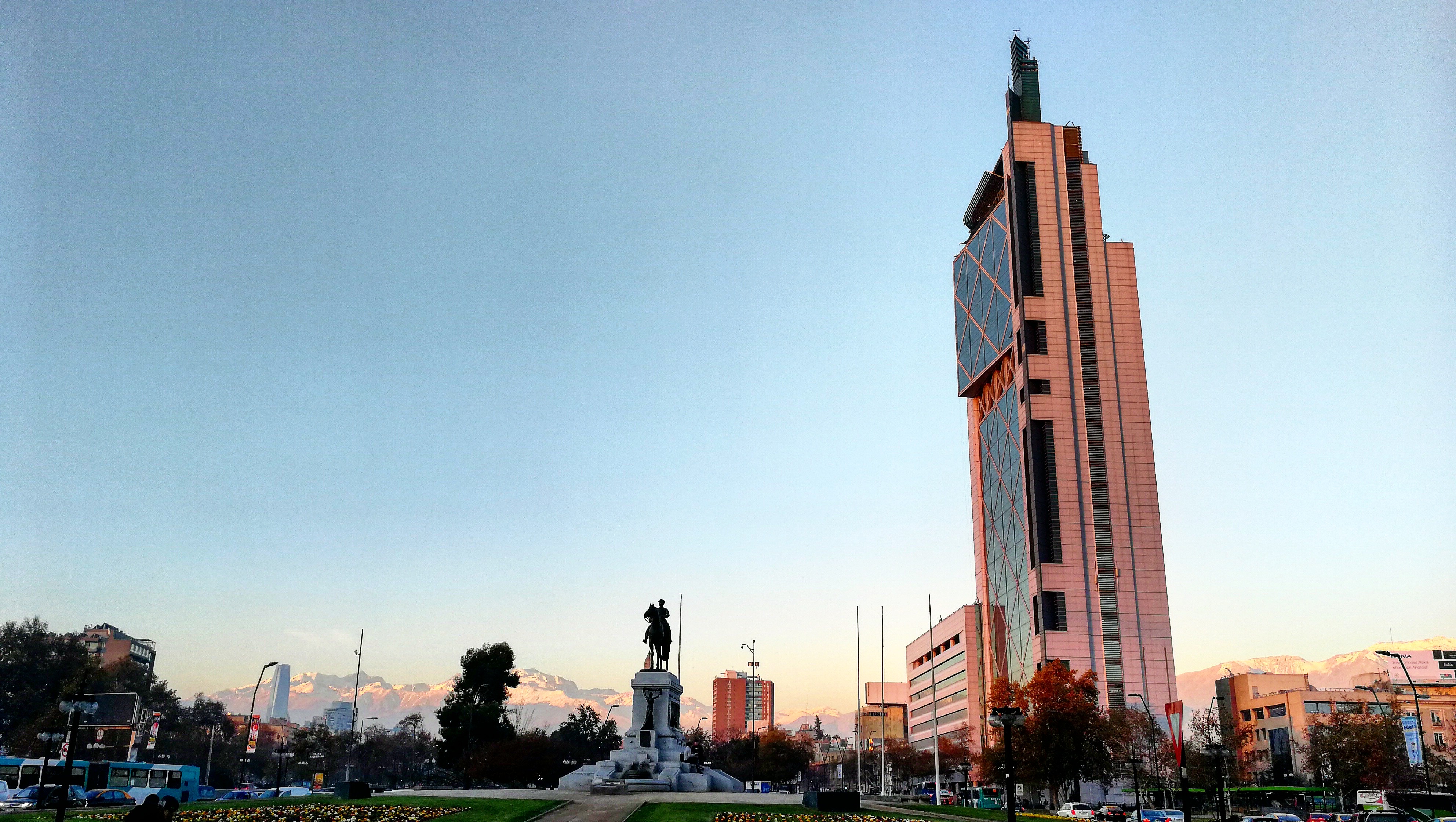Chile faces climate change with a multi-sector approach

Over the past few years, Chile has moved towards sustainable mobility through several actions such as electromobility, transport plans and active mobility. This has allowed the country to become a leading reference in Latin America and worldwide. Thanks to its electric buses, the Transantiago transport system has become the largest transport system in Latin America and the second largest in developing countries, the first being located in China.
However, it is necessary for these ambitious but disparate actions to have a common initiative to enable a harmonious dialog with other sectors. “The transport sector can lead to a change, but we can’t act alone. We aim for a multi-sector approach”, said Gisèle Labarthe, Executive Secretary of the Urban Transport and Viability Programme (SECTRA in Spanish) of the Chilean Ministry of Transport and Telecommunications.
Chile has been developing a National Urban Mobility Programme for Climate Change Mitigation and Adaptation and a National Sustainable Mobility Strategy since 2018. Both initiatives were developed under the NUMPs methodology of MobiliseYourCity with the support of EUROCLIMA+ through GIZ.
“We are working hard as part of SECTRA on the NUMP initiative, which consists of elaborating a strategy focused on sustainable mobility for our country”, said Labarthe. This programme will coordinate actions and policies that used to be managed by different institutions and ministries. “This way, we act with a broader strategic agreement to face the climate change issues”.
According to Rodríguez Henríquez, Coordinator of Territorial Analysis at SECTRA, the strategy can be used both as a guide for project implementation and as a public policy instrument which involves as many stakeholders as possible. The programme also acts as a technical-financial tool: “It has been developed more as a financial instrument that binds funding resources to measures that are defined within the framework of the strategy”.
The NUMP process has encouraged the organization of many multi-sectors workshops, which is a way for the Ministry of Transport and Telecommunications to contribute to Chile’s international commitments in the transport sector. Moreover, Chilean Ministry’s Climate Change Committee has been working in synergy with other counterparts.
“We have our knowledge of the transport sector, but we undoubtedly have a lack of information on what other ministries are dealing with. It has been an opportunity to have inclusive conversation and to reach agreements. It is a rewarding experience”, said Gisèle.
One of the objectives of the Chilean NUMP is to connect at the local level. The Law on Strengthened Decentralization and the Law on Regional Governors’ Popular Election were both enacted in 2018. It guarantees that a citizen-elected would have the responsibility to balance the strategy at the national level with plans at the local level, taking into consideration realities on the ground and
Furthermore, efforts are made to incorporate environment issues, social inequalities, and people’s participation and needs. “Nowadays citizens are very well informed about these issues and they demand an appropriate attitude from the institutions”, mentioned Rodrigo Henríquez. It is worth underlining the importance of incorporating binding funding mechanisms that transcend the particular objectives of each government rather than sectorial ones.
Chile takes part in the international cooperation support for the NUMP development and in the MobiliseYourCity/EUROCLIMA+. Community of Practice, Plataforma de Movilidad Urbana Sostenible en Latinoamérica. “Being part of this network is super encouraging”, observed Rodrigo, “sharing our experiences with people from Africa, Asia and other Latin American countries is enriching and let us understand how realities are similar despite their differences. It is reassuring to know that we are not alone in this and that many people are pushing things in this direction”.